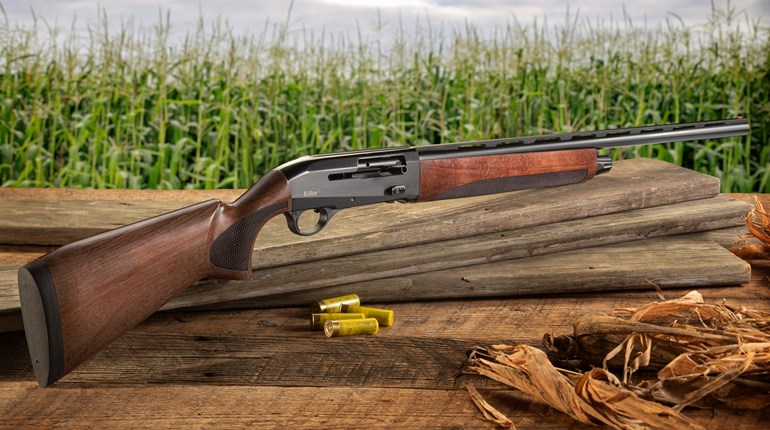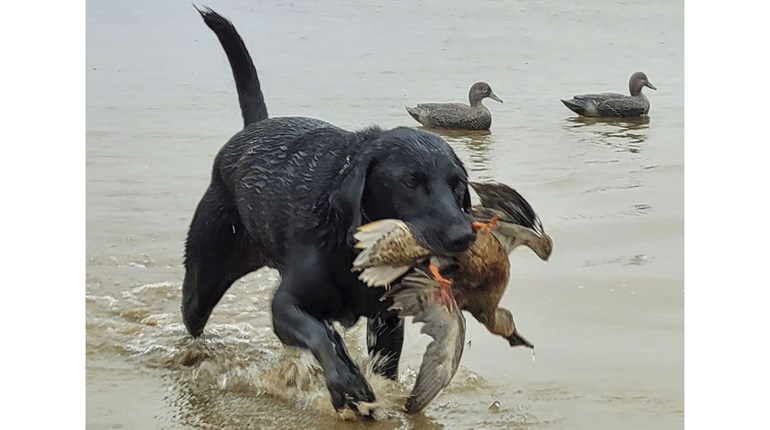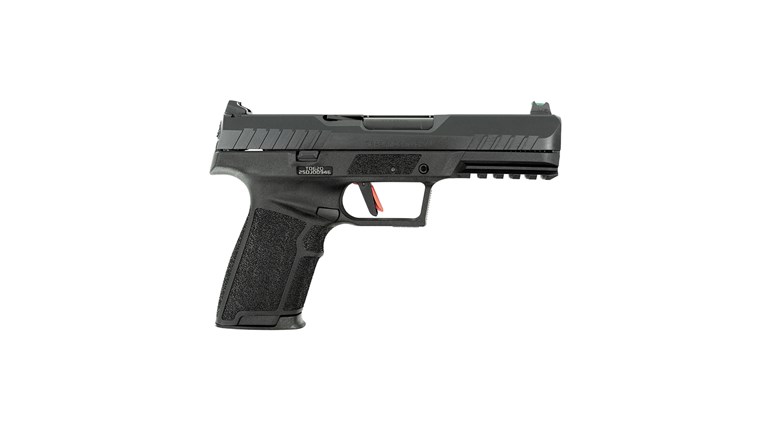
The three major shotgun sports—trap, skeet and sporting clays—are among the most popular for competitive shooters. Why is clay target shooting so addictive? One big reason is the thrill of crushing a fast-moving clay target midflight. Here, we take a look at how clay targets are made.
Cincinnati, Ohio, native George Ligowsky is credited with inventing the clay target (also known as a clay pigeon). His September 1880 patent for a saucer-shaped flying target made of clay and fired in an oven rocked the shooting world at the time. Ligowsky’s invention replaced the short-lived glass ball target, which itself had previously replaced live pigeons as a target in organized competition. By most accounts, Ligowsky’s clay target “rang like a bell” when hit and was hard to break.
Modern clay targets are not actually made of clay, rather they are mostly comprised of ground limestone bound together with petroleum pitch. For manufacture of clay targets, industrial blenders mix milled limestone and petroleum resin at high temperature to form a paste, which is then fed into a molding machine that shapes the paste as it is cooled into the final form.
The size and weight of a clay target depends on the game. American clay targets for trap and skeet are generally 108 mm in diameter, while ones destined for international competition are usually larger at 110 mm. For sporting clays, six sizes and types of clay targets are used: standard 108 mm, plus 90 mm midi, 70 mm, Battue, Rabbit and the 60 mm mini.
Petroleum pitch targets are cheap, stable flyers and are known for breaking well when hit with only a few pellets from a shotgun. But the pitch targets are somewhat toxic, and ecologically friendly alternatives have been introduced over the years. Says ClayShootingUSA Editor Dana Farrell:
“A popular line of targets produced by White Flyer are marketed as biodegradable. ‘Bios,’ as they’re referred to, have a high sulfur content but do not contain petroleum pitch. However, biodegradable target fragments can alter soil pH, thereby affecting vegetation. For this reason, White Flyer recommends a regimen of course management that includes raking of debris and spreading of powdered limestone to normalize soil pH levels in areas of heavy use of sulfur-based, biodegradable targets. Champion brand BioBird targets are marketed as biodegradable and are said to use a ‘naturally-occurring forestry product and limestone’ (no sulfur) to not affect soil pH.”
Whatever clay target discipline you like to shoot, companies such as White Flyer and others have exactly what you need.
Read more: 6 Things You Didn't Know About Sporting Clays



































